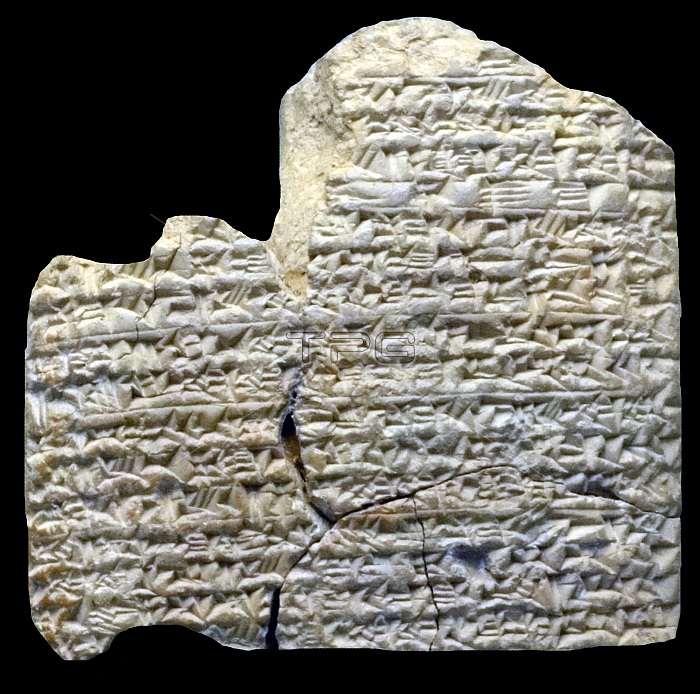
Cuneiform script is one of the earliest known forms of written expression. Emerging in Sumer around the 30th century BCE, with predecessors reaching into the late 4th millennium (the Uruk IV period), cuneiform writing began as a system of pictographs. In the three millennia the script spanned, the pictorial representations became simplified and more abstract as the number of characters in use also grew gradually smaller, from about 1,000 distinct characters in the Early Bronze Age to about 400 distinct characters in Late Bronze Age (Hittite cuneiform).
The original Sumerian script was adapted for the writing of the Akkadian, Eblaite, Elamite, Hittite, Luwian, Hattic, Hurrian, and Urartian languages, and it inspired the Ugaritic and Old Persian alphabets. Cuneiform writing was gradually replaced by the Phoenician alphabet during the Neo-Assyrian Empire, and by the 2nd century CE, the script had become extinct.
Cuneiform documents were written on clay tablets, by means of a blunt reed for a stylus. The impressions left by the stylus were wedge shaped, thus giving rise to the name cuneiform ('wedge shaped', from the Latin cuneus, meaning 'wedge').
| px | px | dpi | = | cm | x | cm | = | MB |
Details
Creative#:
TPG32665106
Source:
達志影像
Authorization Type:
RF
Release Information:
須由TPG 完整授權
Model Release:
No
Property Release:
No
Right to Privacy:
No
Same folder images:

 Loading
Loading